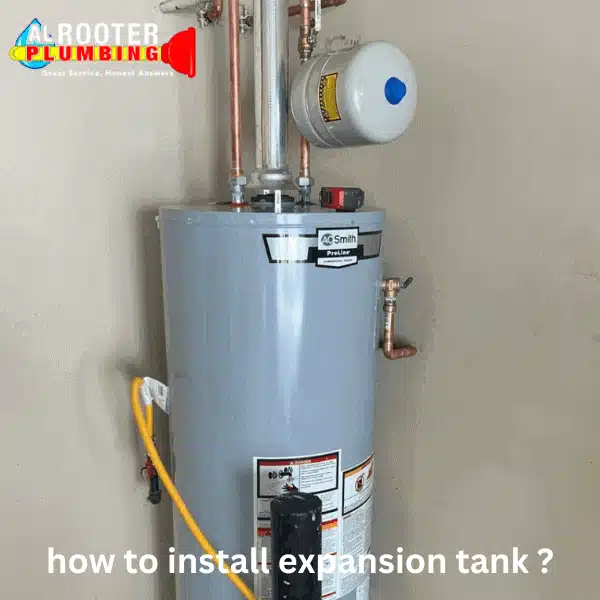An expansion tank is an essential component in a plumbing system, especially when it comes to water heaters.
It helps regulate the pressure in the water heater and prevents the water from expanding and causing damage.
In this article, we will guide you on how to install expansion tank for your water heater.
Here are 7 steps for how to install expansion tank
Before starting the installation of water heater expansion tank, make sure you have all the required tools and materials including:
It is important to use the correct size of the expansion tank and fittings for your specific water heater model.
Before installing the expansion tank, you need to prepare the water supply.
Turn off the water supply line to the water heater.
To do this, locate the valve on the cold water supply pipe and turn it clockwise until it is fully closed.
This will prevent any water from flowing while you work on the installation.
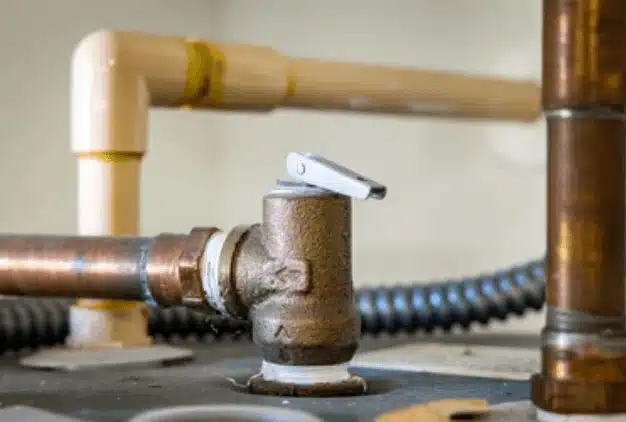
Now it’s time to install the expansion tank.
The expansion tank is usually installed directly above the water heater.
It can be installed vertically or horizontally, depending on the available space.
If you are unsure, refer to the manufacturer’s instructions for your specific expansion tank model.
To connect the expansion tank to the water heater, you will need to use threaded fittings.
Apply the plumber’s tape to the threads of the fittings to ensure a tight and leak-free connection.
Attach one end of the fitting to the cold water supply pipe and the other end to the bottom of the expansion tank.
It is recommended to install an extra valve before the expansion tank to control the water flow.
This valve will allow you to isolate the expansion tank if needed, without disrupting the supply of water to the rest of your plumbing system.
Install the valve on the cold water pipe, between the water heater and the expansion tank.
To prevent the different metals in your plumbing system from corroding, it is best to install a dielectric union.
This union acts as a barrier between the copper flex or PEX pipe and the water heater tank.
Once you have connected all the necessary components, it’s time to complete the installation.
Turn the water supply back on by turning the valve on the cold water supply pipe counterclockwise.
This will allow water to flow into the water heater and the expansion tank.
Check for any leaks and make sure all the connections are secure.
To install an expansion tank with PEX:
1-start by shutting off the water supply and draining the system.
2-locate the cold water line near the water heater and cut it using a PEX cutter.
3-Install a PEX tee fitting in the line and connect the expansion tank to the side port of the fitting using PEX tubing and a PEX cinch clamp.
4-turn on the water supply, pressurize the system and check for any leaks.
It is important to understand how to install expansion tank and how expansion tanks work to appreciate their role in your plumbing system.
When water is heated in the water heater, it expands and increases the pressure inside the tank.
Without an expansion tank, this increased pressure could cause problems such as leaks, damage to the water heater, or even burst pipes.
An expansion tank is designed to absorb the excess pressure caused by the thermal expansion of water.
It consists of a small tank connected to the water supply line.
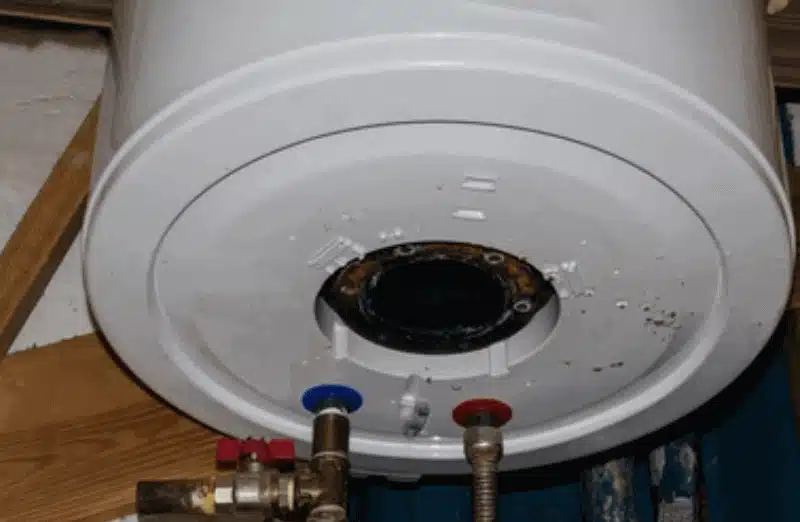
As the water heats up and expands, it enters the expansion tank, compressing the air inside.
This allows the water to expand without putting pressure on the plumbing system.
The expansion tank is installed directly above the water heater to provide a convenient location for excess water to flow.
This placement allows the expansion tank to effectively manage the pressure and prevent damage to the water heater and the rest of the plumbing system.
To know how to install expansion tank on a water heater:
1-start by turning off the power and water supply to the heater.
2-drain the water from the heater to relieve pressure.
3-Locate the cold water supply line and cut it where the expansion tank will be installed.
4-Connect the expansion tank to the supply line using a T-fitting and tighten the connections.
5-open the water supply valve and check for any leaks.

Installing a thermal expansion tank by Al Rooter Plumbing Company can offer several benefits, including:
Preventing Pressure Buildup: Thermal expansion tanks help prevent excessive pressure buildup in your plumbing system
Extending the Lifespan of Plumbing Components: By reducing the stress caused by pressure fluctuations, installing a thermal expansion tank can help extend the lifespan of your plumbing system.
Enhanced Energy Efficiency: By maintaining a consistent pressure level, installing a thermal expansion tank can help your water heater operate more efficiently
Improved Water Heater Performance: Installing a thermal expansion tank can also improve the overall performance of your water heater.
Compliance with Plumbing Codes: Installing a thermal expansion tank by Al Rooter Plumbing Company can ensure that your plumbing system complies with these codes
Keep in mind that the specific benefits of installing a thermal expansion tank may vary depending on your plumbing system and local regulations.
It’s important to know how to install expansion tank or consult with a professional plumber.
The distance between the expansion tank and the water heater can vary depending on local plumbing codes, and manufacturer recommendations.
However, there are some general guidelines to keep in mind when determining the distance:
Close Proximity: In most cases, it’s advisable to install the expansion tank as close to the water heater as possible.
Typically Within 10 Feet: Many manufacturers recommend installing the expansion tank within 10 feet of the water heater.
Accessibility: The expansion tank should be easily accessible for inspection, maintenance, and potential replacement.
Mounting Height: The expansion tank should be mounted in a vertical position.
Check Local Codes: Always check your local plumbing codes and regulations, as they may specify specific requirements for the installation of expansion tanks.
To determine the exact distance and installation requirements for your expansion tank, it’s best to consult with a licensed plumber or plumbing professional.
They can assess your specific plumbing system, local codes, and manufacturer recommendations.
This ensures that installing expansion tank is done correctly for optimal performance and compliance with regulations.
Replacing a boiler expansion tank is a task that should be handled by a qualified plumber.
It involves working with pressurized heating systems and can be potentially dangerous if not done correctly.
However, here are 5 steps to replace boiler expansion tank:
1-Safety Precautions: Before starting any work, ensure that the boiler is turned off and completely cooled down.
Shut off the power supply to the boiler and allow it to cool to a safe temperature.
wear appropriate personal protective equipment, including gloves and eye protection.
2-Draining the System: Connect a garden hose to the boiler’s drain valve to slowly drain the water from the heating system.
Open the drain valve and allow the water to flow into a suitable drainage location, such as a floor drain or a bucket.
3-Removing the Old Expansion Tank: Once the system is drained, locate the old expansion tank.
Expansion tanks are typically connected to the system with a union or a threaded connection.
4-Installing the New Expansion Tank: Install the new expansion tank in the same location as the old one.
Ensure that it is properly sized for the system, and follow the manufacturer’s instructions for installation.
Securely connect the tank to the system using new fittings and make sure all connections are tight.
5-Refilling and Pressurizing: Close the drain valve on the boiler and refill the system with water until it reaches the appropriate pressure.
A water heater overflow tank, also known as a T&P (Temperature and Pressure) relief valve discharge pipe or drain line, serves a critical safety function in a residential or commercial plumbing system.
It is not to be confused with a thermal expansion tank, which is a separate component used to manage the expansion of water as it heats.
Here’s what you need to know about a water heater overflow tank:
1-Safety Function: The primary purpose of a water heater overflow tank is to safely release excess pressure and hot water from the water heater.
2-Temperature and Pressure Relief Valve: The water heater is equipped with a T&P relief valve.
This is designed to open automatically when either the temperature or pressure inside the tank exceeds safe levels.
3-Discharge Pipe: The discharge pipe from the T&P relief valve directs the excess water and steam to the overflow tank.
This pipe is usually made of copper, PVC, and it should be properly sized and installed to prevent leaks and ensure safe discharge.
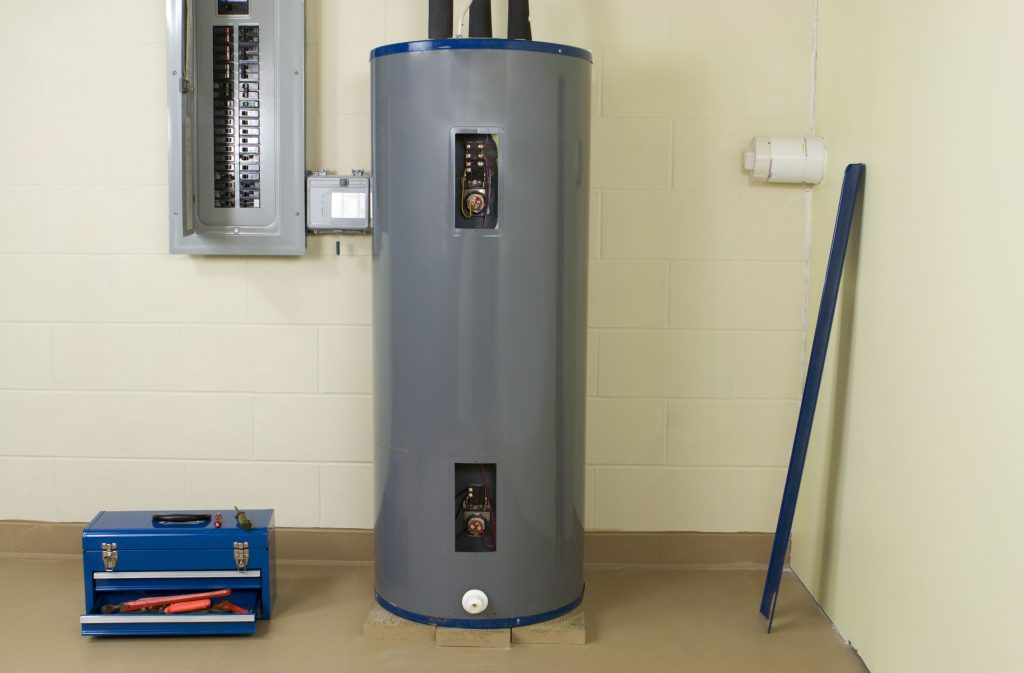
4-Overflow Tank Location: The overflow tank is typically located near the water heater, and it should be positioned in a way that allows for easy and safe discharge.
It may be mounted above the water heater or at a slightly lower elevation to provide a clear path for water and steam to flow into the tank.
5-Regular Maintenance: It’s essential to inspect the T&P relief valve and the discharge pipe regularly to ensure they are functioning correctly.
6-Code Compliance: Building codes often require the installation of a T&P relief valve and an overflow tank in water heater systems.
In summary, water heater overflow tank and how to install expansion tank are essential safety features.
They are designed to prevent catastrophic failures of water heaters by safely releasing excess pressure and hot water.
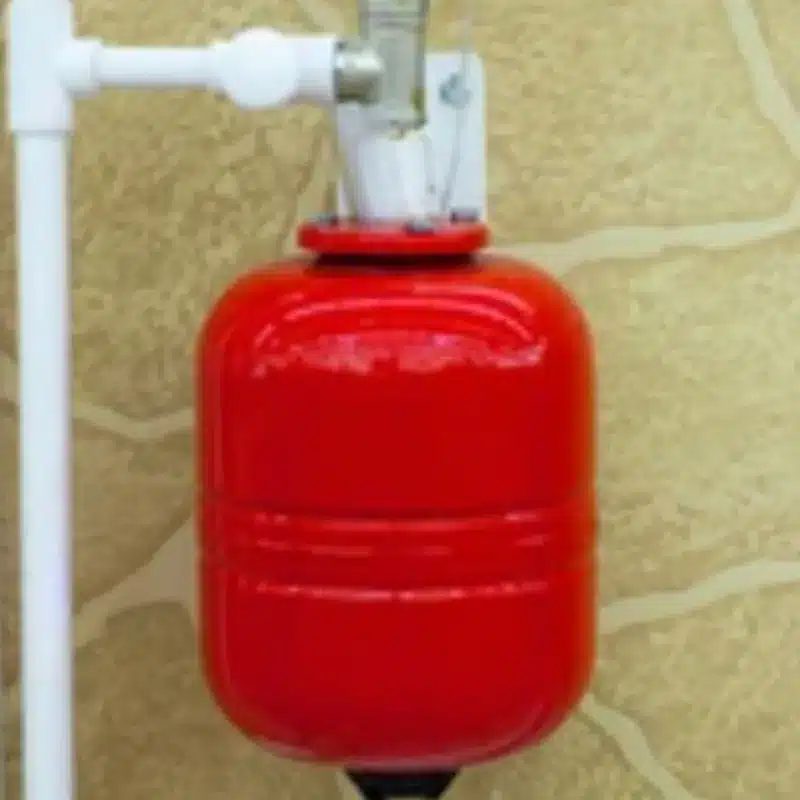
To maintain a water heater expansion tank, regular inspections are necessary, including:
1-Start by checking the pressure of the tank and ensuring it is within the recommended range.
2-Drain and flush the tank annually to remove any sediment or buildup.
3-Check for any leaks or signs of corrosion on the tank and connections.
4-make sure the tank is properly installed and properly plumbed to the water heater.
5-follow the manufacturer’s instructions for installing and maintaining the expansion tank.
For you: all you need to know about commercial gas water heater
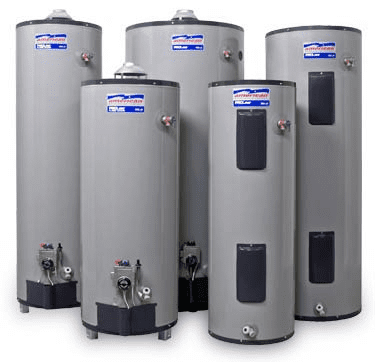

Installing a water heater expansion tank is a crucial step in maintaining a well-functioning plumbing system.
To ensure a seamless process of how to install water heater expansion tank, follow these steps provided by Al Rooter Plumbing:
Turn Off Water Supply: Begin by shutting off the water supply to the heater and draining excess water from the system.
Identify Connection Points: Locate the cold water supply line and the hot water outlet on the water heater. These are the points where the expansion tank will be connected.
Choose the Right Location: Install the expansion tank on the cold water supply line, close to the water heater. Ensure it is mounted horizontally and is well-supported.
Connect the Tank: Use appropriate fittings to connect the expansion tank to the cold water supply line and ensure a tight seal. Align the arrow on the tank with the direction of water flow.
Adjust Air Pressure: Adjust the air pressure inside the tank to match the water pressure of your plumbing system.
Secure the Tank: Double-check all connections for leaks and secure the expansion tank in place. Turn the water supply back on and monitor for any signs of issues.
By following these steps, you can successfully install a water heater expansion tank, promoting efficient water heating and prolonging the lifespan of your plumbing system.

Welcome to Al Rooter Plumbing Company, where expertise meets excellence in plumbing solutions.
With a commitment to quality and innovation, we prioritize the integration of expansion tanks with PEX systems.
Here are 5 benefits of installing expansion tank with pex:
1- Pressure Regulation: Installing expansion tank with pex at Al Rooter Plumbing Company helps regulate water pressure within the plumbing system.
2- Extended Appliance Lifespan: By installing expansion tank with pex in a plumbing system, Al Rooter Plumbing Company can enhance the lifespan of water heaters and other appliances.
3- Prevention of Water Hammer: PEX plumbing systems are susceptible to water hammer, a phenomenon where sudden pressure changes cause pipes to vibrate or make loud noises.
4- Energy Efficiency: Efficient thermal expansion control with an expansion tank contributes to energy savings.
Without installing expansion tank with pex, excessive pressure can lead to frequent operation of relief valves, causing energy wastage.
5- Minimized Maintenance Costs: Al Rooter Plumbing Company can benefit from reduced maintenance costs with the installation of an expansion tank.

The distance between the expansion tank and the water heater is a critical consideration in ensuring optimal performance and safety within a plumbing system.
Typically, it is recommended to install the expansion tank within 12 to 18 inches of the water heater.
Placing the tank in close proximity allows for efficient thermal expansion absorption, reducing stress on the plumbing system.
When the expansion tank is installed too far from the water heater, it may compromise its effectiveness.
The proximity ensures that the tank responds promptly to temperature changes, effectively absorbing expanded water volume.
Additionally, keeping the distance within the recommended range simplifies installation and maintenance processes.
Always adhere to manufacturer guidelines and local plumbing codes when determining the specific placement of expansion tank distance from water heater, as these regulations may vary.
Proper positioning guarantees the expansion tank functions optimally, contributing to the longevity and reliability of the entire water heating system.
Yes, it is possible to know how to install expansion tank yourself.
1-turn off the water supply to the heating system.
2-Drain the water from the boiler system.
3-locate the hot water supply pipe.
4-Install the expansion tank on the pipe using a wrench.
5-Make sure to follow the manufacturer’s instructions for proper installation.
6-turn on the water supply and refill the heating system.
7-install the expansion tank to ensure proper functioning and prevent any potential damage.
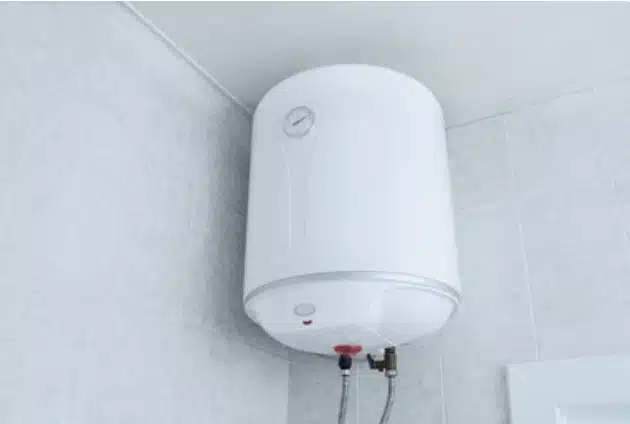
Replacing a water heater expansion tank is a relatively straightforward process, but it does require some plumbing skills and the right tools.
Here’s a general guide on how to replace a water heater expansion tank:
Steps:
1- Turn off the Power and Water Supply:
Turn off the power to the water heater.
For electric water heaters, this usually involves turning off the circuit breaker.
For gas water heaters, set the thermostat to the “Pilot” position.
Turn off the water supply to the water heater.
2- Drain the Water Heater:
Connect a hose to the drain valve at the bottom of the water heater and run the other end to a suitable drainage location.
Open the drain valve and allow the water heater to drain completely.
3- Remove the Old Expansion Tank:
Use a pipe wrench or adjustable wrench to disconnect the old expansion tank from the water heater.
The tank is usually connected to the cold water supply line and the hot water outlet.
4- Prepare the Pipes:
If the old expansion tank was installed with copper pipes, you may need to cut the pipes using a pipe cutter or hacksaw.
Be prepared to catch any remaining water in a bucket or towels.
5- Install the New Expansion Tank:
Wrap the threads of the new expansion tank with Teflon tape to ensure a secure seal.
Connect the new expansion tank to the cold water supply line and the hot water outlet using the appropriate fittings.
Use a pipe wrench or adjustable pliers to tighten the connections.
6- Secure the Tank:
Make sure the new expansion tank is securely mounted.
Some tanks come with straps for this purpose.
Follow the manufacturer’s instructions for securing the tank in place.
7- Reconnect the Pipes:
If you had to cut the pipes, use appropriate fittings to reconnect the pipes to the water heater.
Make sure to use Teflon tape on the threads for a proper seal.
8- Turn On the Water and Power:
Turn on the water supply to the water heater.
If you have an electric water heater, turn on the circuit breaker.
If you have a gas water heater, set the thermostat to the desired temperature.
8- Check for Leaks:
Inspect all connections for leaks.
If you notice any leaks, tighten the connections or use pipe thread sealant to fix the issue.
9- Monitor the System:
Keep an eye on the water heater for the next few hours to ensure there are no leaks and that the system is functioning properly.
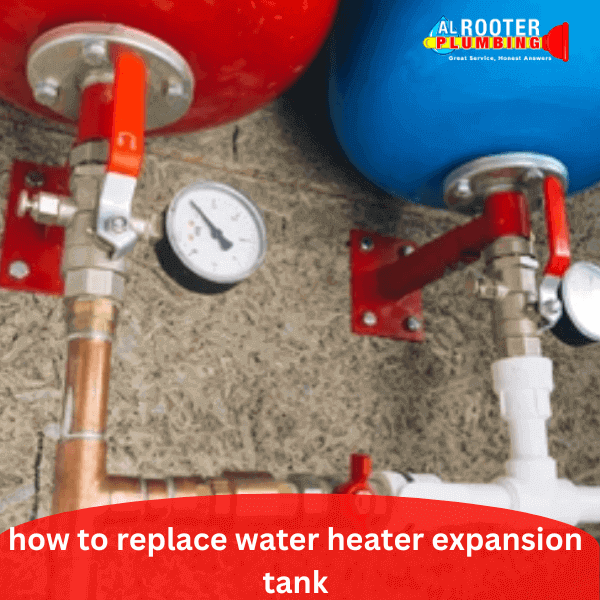
If you are in need of professional plumbing services, look no further than Al Rooter Plumbing Company.
They offer a wide range of services including the installation of expansion tanks.
If you need guidance on how to install expansion tank, their experienced technicians can provide you with expert advice and assistance.
Contact Al Rooter Plumbing Company today to schedule your plumbing service.

